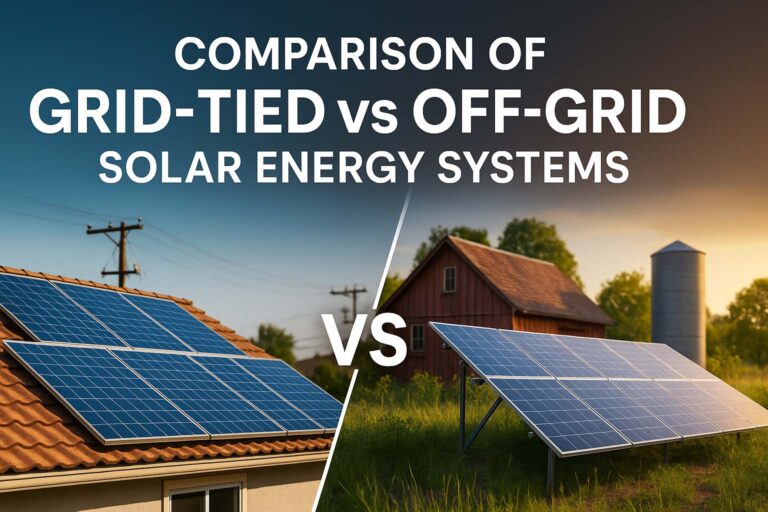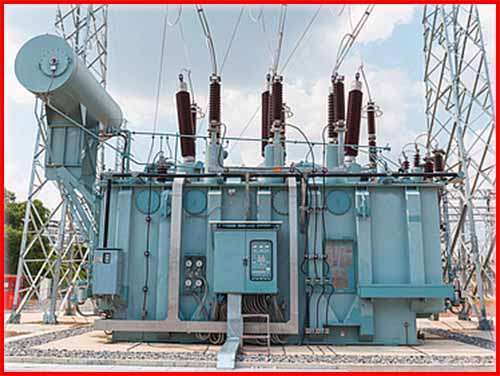Coincidence Factor vs Demand Factor
Understanding Coincidence Factor vs Demand Factor
Understanding the difference between coincidence factor vs demand factor is essential in electrical load calculations. These two factors are commonly used in designing power systems, estimating loads, and improving energy efficiency. Although they sound similar, they refer to different aspects of electrical load behavior. This article explains both concepts in detail, offering technical insights and real-world relevance.
What is Demand Factor?
The demand factor is the ratio of the maximum demand of a system to the total connected load. It shows how much of the installed load is actually used at peak. The value is always less than or equal to one. A lower demand factor means that a system uses only a small fraction of its installed capacity.
For example, if a building has a connected load of 100 kW, but its maximum demand is 70 kW, the demand factor is:
Demand Factor = Maximum Demand / Connected Load = 70 / 100 = 0.7
This factor helps in planning the capacity of generators, transformers, and other equipment.
What is Coincidence Factor?
Coincidence factor, on the other hand, refers to the ratio of the maximum demand of a group of loads to the sum of their individual maximum demands. It shows how likely it is that all the loads will peak at the same time. This factor can be more than one in some definitions but is usually less than or equal to one.
If three buildings have maximum demands of 30 kW, 40 kW, and 50 kW respectively, their sum is 120 kW. However, the combined maximum demand measured is 90 kW. Then:
Coincidence Factor = Group Maximum Demand / Sum of Individual Maximum Demands = 90 / 120 = 0.75
Coincidence Factor vs Demand Factor in Power System Planning
The difference between coincidence factor vs demand factor is crucial in system planning. Demand factor helps in sizing individual consumer loads. Coincidence factor is useful for utility-scale system designs. While demand factor shows peak usage per consumer, coincidence factor shows the diversity in multiple consumers.
Why Are These Factors Important?
They are essential in avoiding overdesign or underdesign. Electrical engineers use them to size cables, transformers, and generators properly. Using accurate values leads to cost-effective and safe system design. Overestimating loads increases cost. Underestimating can lead to overloads.
Mathematical Expressions
To clearly understand the topic of coincidence factor vs demand factor, here are the formulas again in tabular form:
| Factor | Formula | Typical Range |
|---|---|---|
| Demand Factor | Max Demand / Connected Load | 0 < DF ≤ 1 |
| Coincidence Factor | Group Max Demand / Sum of Individual Demands | 0 < CF ≤ 1 (usually) |
These formulas are simple but give powerful insights when applied correctly.
Application in Residential and Industrial Systems
In residential systems, the demand factor is typically lower. Households rarely use all appliances at once. Coincidence factor is also low, especially for large housing complexes. Not all families cook or use air conditioning at the same time.
In industrial systems, demand factor is usually higher. Machines may run simultaneously during working hours. Coincidence factor depends on operation schedules across departments.
How Coincidence Factor Helps in Load Forecasting
Load forecasting is easier with knowledge of the coincidence factor. It predicts how likely all users will peak together. For example, in commercial zones, the factor may rise around noon due to lighting and HVAC loads. This information helps utilities plan grid expansion and peak supply.
How Demand Factor Affects Energy Management
Energy managers monitor demand factor to identify waste. A lower demand factor means there is potential to optimize load usage. Reducing idle loads during peak hours can improve the demand factor. This leads to lower electricity bills and better resource utilization.
Real-Life Example: Office Building
Let’s consider an office with 200 kW connected load. The maximum demand recorded is 120 kW. The demand factor is:
DF = 120 / 200 = 0.6
Suppose this office is part of a complex of five similar buildings. Each has 120 kW peak demand. Total individual peaks = 600 kW. Combined maximum demand observed = 450 kW. So:
CF = 450 / 600 = 0.75
This means the utility does not need to supply the full 600 kW at all times.
Technical Considerations for Engineers
Understanding coincidence factor vs demand factor helps engineers avoid oversizing cables and equipment. Proper sizing means lower installation cost and better efficiency. These factors also play a role in load shedding strategies, tariff structures, and energy audits.
Impact on Transformer Sizing
For transformers, both demand factor and coincidence factor matter. If a housing society has 500 kW connected load, but a demand factor of 0.5 and a coincidence factor of 0.8, then:
Actual Maximum Demand = 500 * 0.5 * 0.8 = 200 kW
So the transformer size can be around 250 kVA instead of 500 kVA. This saves cost and improves efficiency.
Comparison Table: Coincidence Factor vs Demand Factor
| Feature | Demand Factor | Coincidence Factor |
|---|---|---|
| Definition | Max Demand / Connected Load | Group Max / Sum of Individuals |
| Focus | Individual Load Usage | Group Load Alignment |
| Typical Use | Consumer Load Design | Utility System Planning |
| Value Range | ≤ 1 | ≤ 1 (may vary slightly) |
| Indicates | Efficiency of usage | Diversity among users |
| Role in System Sizing | Equipment Sizing | Aggregate Load Planning |
Common Misunderstandings
Some people confuse the two. They may think both are the same because they involve maximum demand. But demand factor is about installed vs used load. Coincidence factor is about how peak loads overlap.
Another confusion is that they are constant. In fact, both vary with time, user behavior, and load type. Engineers should update them regularly.
Related Terms: Load Factor and Diversity Factor
Other related terms help clarify the picture:
- Load Factor: Ratio of average load to maximum demand.
- Diversity Factor: Sum of individual max demands / group max demand. It is the inverse of the coincidence factor.
These terms, along with coincidence factor vs demand factor, help in comprehensive load analysis.
Conclusion
In power engineering, understanding the difference between coincidence factor vs demand factor is vital. Demand factor shows how much of the connected load is used. Coincidence factor shows how many users peak together. Both influence design, planning, and efficiency. Engineers and energy managers must use them wisely to create reliable and cost-effective systems.
Follow Us on Social:
Subscribe our Newsletter on Electrical Insights to get the latest updates in Electrical Engineering.
#CoincidenceFactor, #DemandFactor, #PowerSystems, #ElectricalEngineering, #EnergyEfficiency, #LoadCalculation, #CoincidenceVsDemand, #ElectricalLoad, #PowerDistribution, #EnergyManagement, #SmartGrid, #ElectricalDesign, #EngineeringConcepts, #LoadFactor, #ElectricUtility




